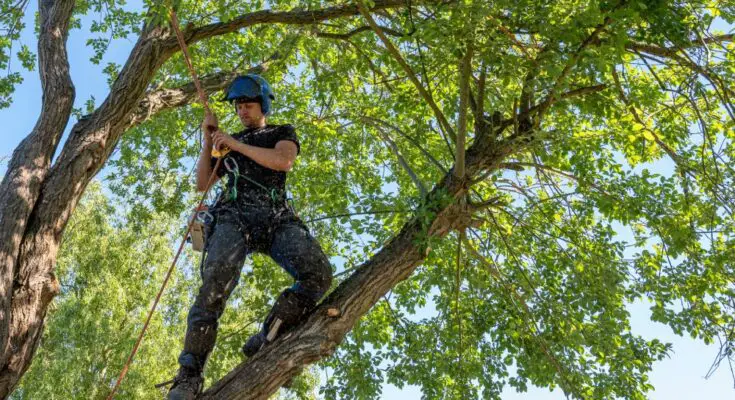Being an arborist comes with its share of risks, but proper preparation can mean the difference between a smooth day at work and a dangerous incident. Whether you’re climbing towering trees or operating heavy equipment, safety checks aren’t just a box to tick. They’re the foundation for a successful job. This guide highlights key safety steps every arborist should prioritize before starting any project.
Gear Inspection
Your gear is your lifeline, so inspecting it thoroughly is non-negotiable. Take a good look at your climbing harness to confirm it’s free of wear and tear. Inspect your rigging rope and look for frayed fibers, knots, or any signs of damage that could weaken it.
Damaged ropes have no business on the job, and swapping them out takes less time than dealing with an accident. Double-check your carabiners, lanyards, and PPE like gloves and helmets to be sure they’re in great condition every time.
Tree Assessment
Every tree is unique, so assessing it before climbing is important. Get close and evaluate its overall condition. Check for signs of disease, dead branches, or structural weakness that could pose a danger mid-climb. Trees with hollow trunks, for instance, might not handle your weight safely.
While you’re at it, examine the canopy for loose branches or limbs at risk of falling. Taking the time to evaluate the tree’s integrity can significantly reduce the chances of unpleasant surprises.
Environmental Hazards
An arborist’s work site is rarely a controlled environment, which makes identifying hazards around the tree just as important as evaluating the tree itself. Look for power lines nearby, keeping in mind that even a light branch could lead to big problems if it makes contact. Scan the ground for uneven terrain, roots that could trip you, or debris that could interfere with equipment.
Don’t overlook traffic or pedestrians if you’re working in a more urban setting. Awareness of your surroundings protects you and everyone else.
Communication Protocols
Working as a team means taking communication seriously. Before the job begins, have a conversation with your crew to establish clear hand signals, radio check-ins, or verbal cues they’ll need to stay alert.
Miscommunication on the ground or in the air can lead to delays or accidents, but solid protocols create a rhythm that keeps everyone in sync. Make sure everyone knows their role, whether it’s operating machinery, spotting from the ground, or climbing alongside you.
Emergency Preparedness
Accidents can happen to the best of us, making it vital to have a plan in place. Always verify the location of first aid kits and confirm they have the right items. Know the nearest hospital or emergency services, and share that information with your team.
If a climber gets injured mid-tree, having rescue gear and a practiced emergency plan can make a life-saving difference. Running through a quick emergency drill before high-risk jobs reinforces these plans and gives the team added confidence.
Every tree job has its challenges, but starting with a solid safety routine sets you up for success. By inspecting your gear, understanding the tree and its environment, tightening communication, and preparing for emergencies, you confidently walk into every site. Remember, preparation isn’t just about safety; it’s about professionalism.



